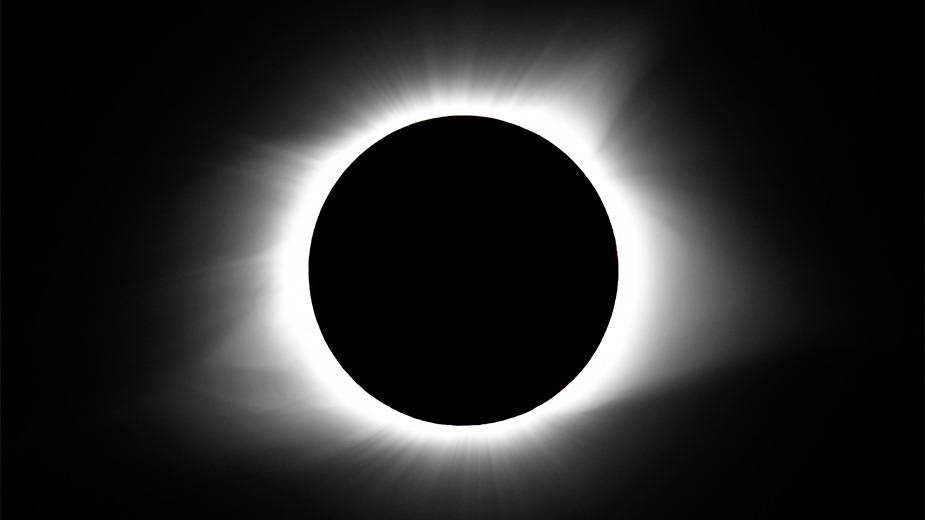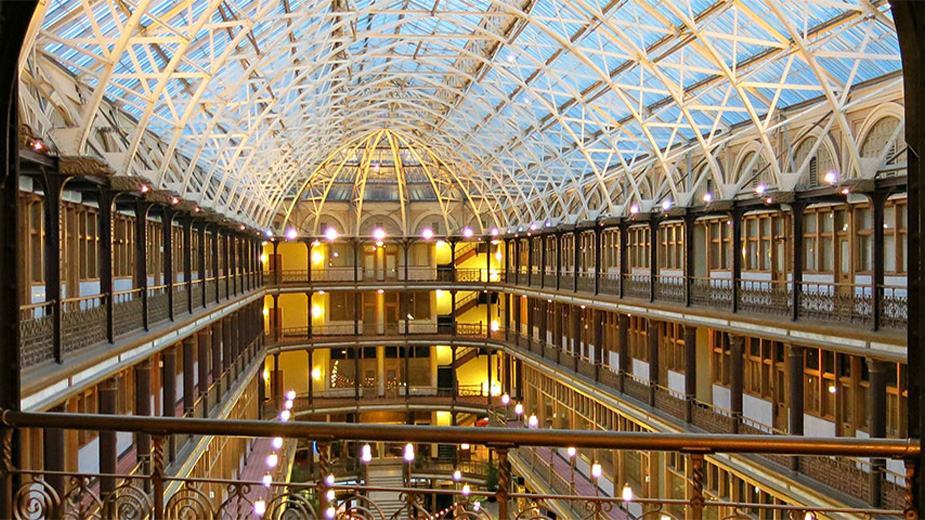Technology Will Help Visually Impaired Ohioans Experience Eclipse
COLUMBUS, Ohio – The Ohio Department of Natural Resources and Opportunities for Ohioans with Disabilities have joined forces to introduce LightSound technology at Ohio state parks and wildlife areas, enhancing accessibility for Ohioans who are blind or have low vision during the April 8 solar eclipse.
“Ensuring accessibility for all Ohioans is a priority for our administration,” Gov. Mike DeWine said. “By partnering with OOD and ODNR to introduce LightSound technology, we’re taking meaningful steps to leave no Ohioan behind, especially during significant events like the solar eclipse.”
Developed in 2017, the LightSound device offers a way for individuals who are blind or have low vision to experience a solar eclipse through sound. Using sonification, the device converts light intensity data into audible tones, allowing users to perceive changes as the moon eclipses the sun.
The Harvard University Astronomy Lab has provided LightSound devices that will be deployed at 29 ODNR locations, including Geneva, Headlands, Portage Lakes, Punderson, Mosquito, Pymatuning and West Branch state parks.
These devices will be connected to speakers, allowing groups to experience the eclipse together.
In addition to LightSound, OOD and DNR are promoting the Eclipse Soundscapes app, available for free on Android and iPhone devices. This multimedia experience, designed inclusively for individuals who are blind or have low vision, offers educational resources and interactive features to engage users during eclipses. Through its “Eclipse Center” and “Rumple Map” functionalities, the app empowers users to explore upcoming eclipses and experience them through sound and touch.
For more information about the LightSound devices and other plans for the total solar eclipse, visit ODNR’s eclipse website.
Published by The Business Journal, Youngstown, Ohio.



